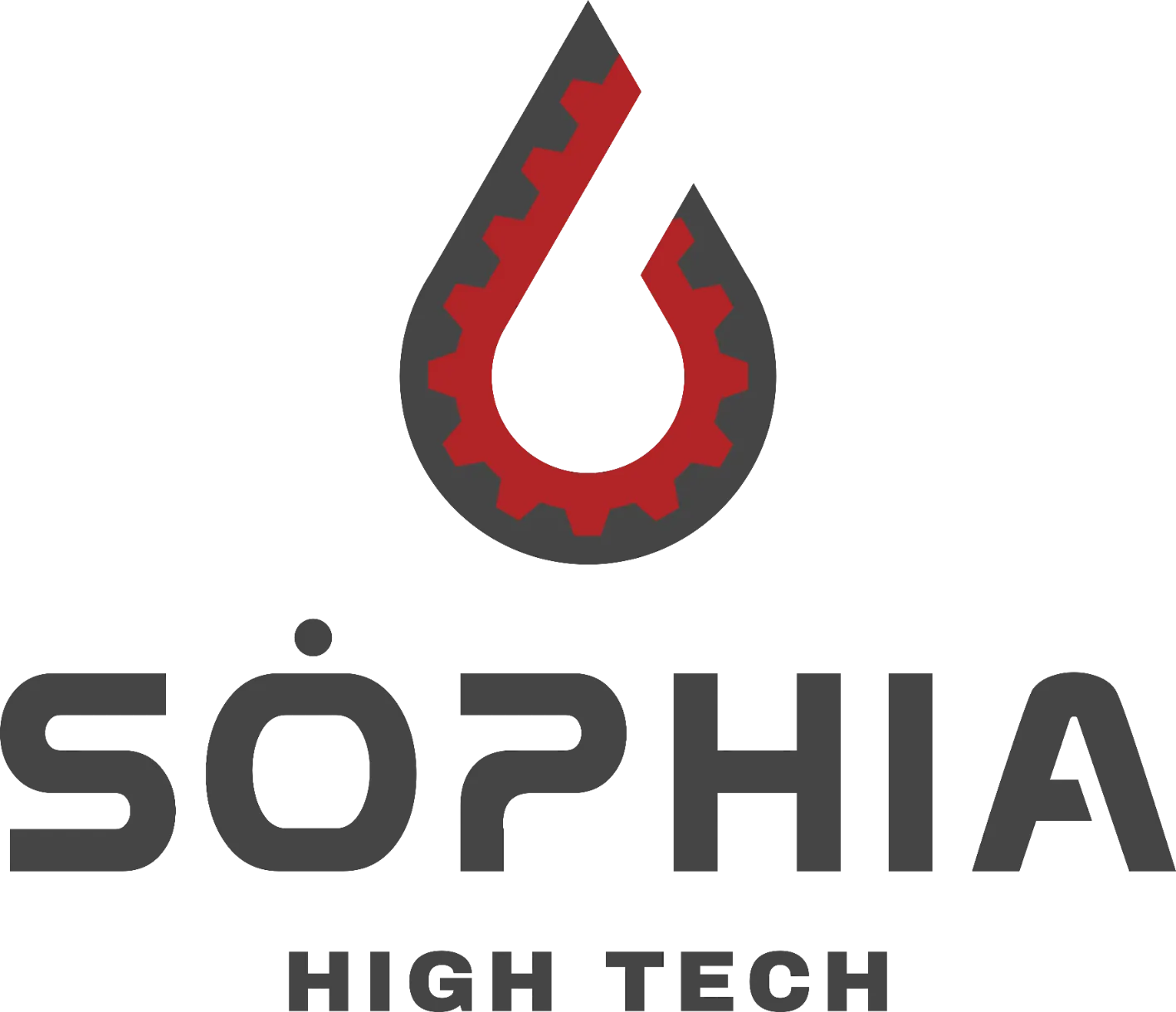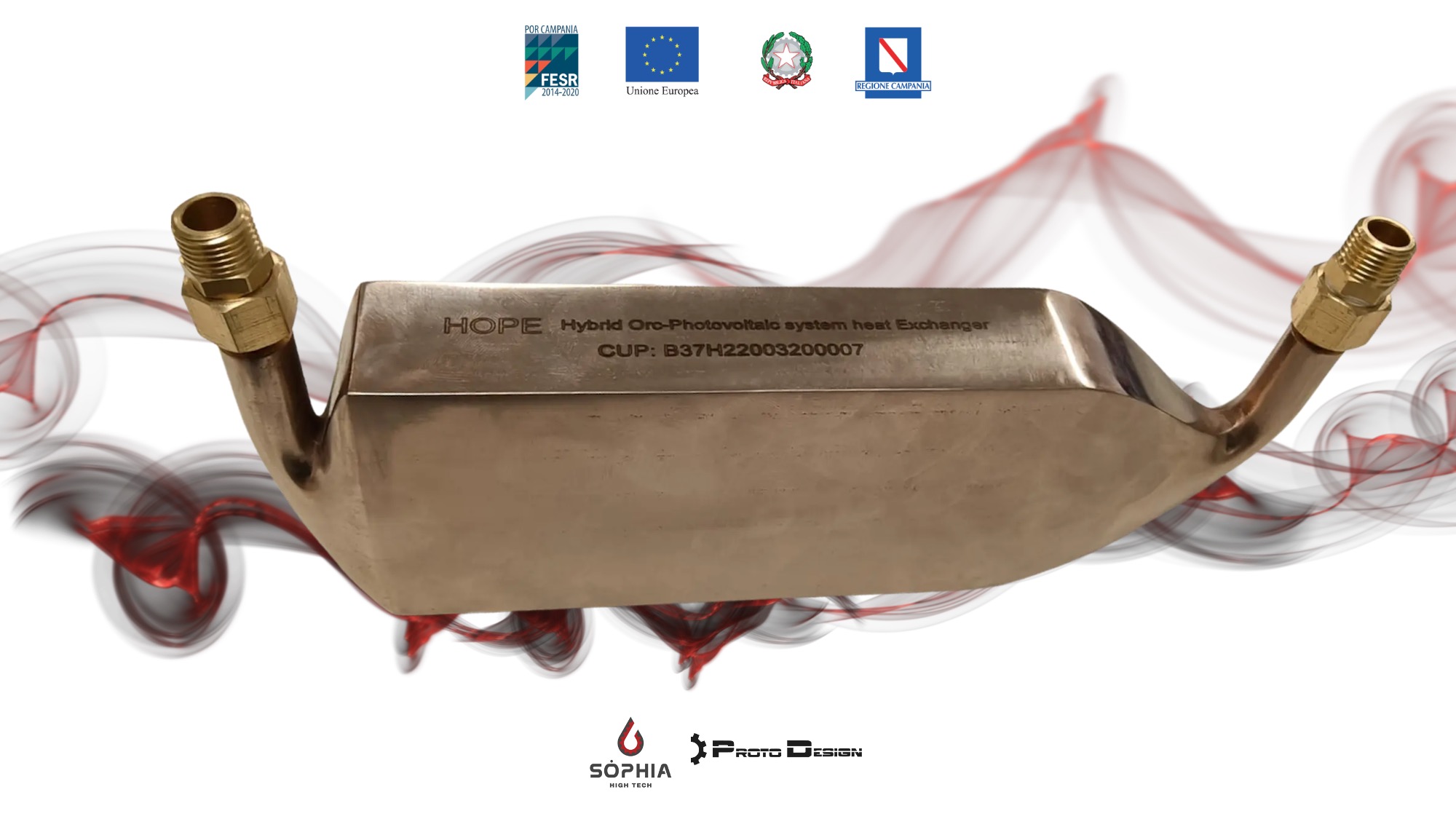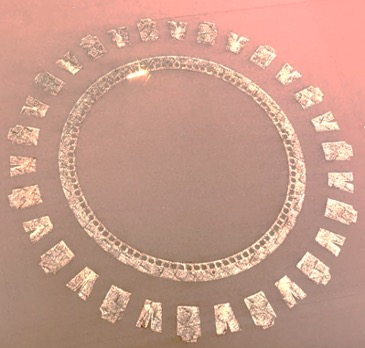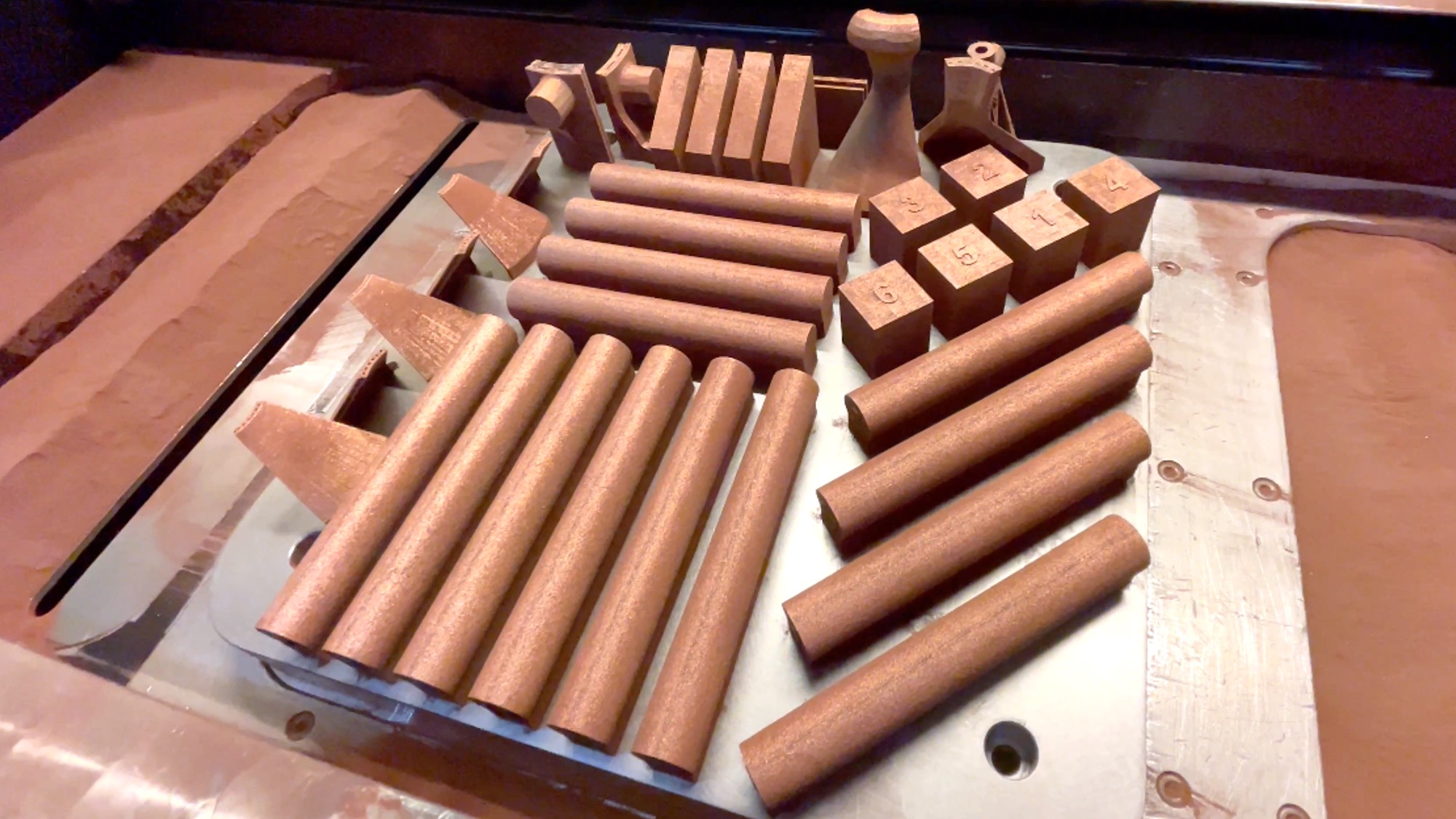HOPE: Additive Manufacturing Innovation
The Project aims to create a prototype of an innovative heat exchanger. The innovation consists both in the constituent material, and consequently in the processing of the heat exchanger, and in the application of the exchanger itself.
The material used for the construction of the heat exchanger (or steam generator, as described later) is an innovative material designed by Sòphia High Tech. It is made of an alloy of inconel and copper and is characterized by excellent mechanical properties, high thermal conductivity and excellent resistance to oxidation and corrosion. To have a smarter and more mission-based manufacturing process, modern 3D printers are used with an extremely high degree of precision with which, starting from the material in the form of powder, it is possible to produce material elements with the desired shape, in particular of a porous.
The second innovative aspect is the application of the heat exchanger in the recovery of thermal energy deriving from the exploitation of renewable energies.
Currently one of the most discussed topics is the exploitation of renewable energy for the production of electricity in a "green" way, avoiding the production of polluting and climate-altering emissions. Among the most exploited renewable energy sources are solar energy and geothermal energy.
Almost all the systems for exploiting solar energy are made up of photovoltaic systems. The cooling of photovoltaic panels, especially the latest generation ones, is one of the main problems on which research has been focusing in recent years: in fact, the lower the temperature of the panel, the higher its efficiency for converting solar energy in electricity.
A very promising application is to use the heat exchanger to cool the photovoltaic panel using a low-boiling organic fluid as a heat transfer fluid, so that it can be used as a carrier fluid in an organic Rankine cycle (ORC) for the production of electricity in a clean way. The porosity of the material, in fact, makes it suitable for use as a steam generator in the ORC system. A second application concerns the use of the heat exchanger designed as a steam generator to exploit geothermal energy. The organic fluid coming from a pump acquires heat and vaporizes by passing inside the steam generator which can be placed directly underground; subsequently, through a turbine it generates electricity which can be used on site or transferred to the national electricity grid.
TARGETS
The main objective is the design and production of a prototype of an innovative heat exchanger with small dimensions, with a porous internal structure, in order to increase the heat exchange surface. The exchanger material is made of an alloy of Inconel and copper.
The technological objective is to provide theoretical tools for the design and production of hybrid plants for the production of electricity through the implementation of the heat exchanger designed in concentrated photovoltaic (CPV) plants and organic Rankine cycle (ORC) plants. . The purpose of this objective is the application of the studies and analyzes carried out for the creation of design standards for the integration of hybrid CPV/ORC systems, starting from the preliminary design through thermo-fluid dynamic schemes, up to the final production of the components.
PROJECT RESULTS
The project respected the objectives set in advance and reported as implementation objectives:
- State of the art of renewable energy production systems and heat exchangers
- State of the art materials for energy applications
- Definition of steam generator requirements and modeling
- Definition of material requirements to be used
- Sizing and design of the heat exchanger
- Carrying out material tests for the generator
- Construction of the generator combined with the photovoltaic cell
- Experimental and numerical analysis of heat exchanger performance
The technological tools for the standardization of the production of hybrid CPV/ORC systems have been defined.
After having defined the performance requirements of the heat exchanger and the material to be used, a series of thermo-fluid dynamic simulations were conducted to structure and size the exchanger.
Finally, a prototype heat exchanger was produced on which a series of experimental tests were carried out aimed at estimating the heat exchange performance achievable with the proposed design approach. Also in this case, the material used for the construction is the custom mix based on 10% Inconel and 90% Copper.
Using this monolithic heat exchanger prototype it was possible to carry out an experimental campaign using a specifically designed and developed test bench. Through these tests, together with thermo-fluid dynamic simulations, it was possible to estimate the global heat exchange coefficient and the pressure drops.
future developments
With this project, taking advantage of the innovation of additive technologies, it was possible to create a heat exchanger in a single monolithic solution for an integrated CPV/T-ORC system. In particular, this exchanger has been designed to optimize the dissipation of thermal energy for the correct cooling of photovoltaic cells in concentrated solar systems, and to maximize the efficiency of the transfer of excess heat to the organic fluid of the subjected ORC system.
The development of this technological solution occurred by carrying out numerous and complex activities. First of all, the state of the art of concentrated photovoltaic solar systems was analyzed, and the theoretical principles on which to base the design of the heat exchanger were identified. At the same time, a material was designed suitable for the creation of this product with additive technology, and having the right thermomechanical properties capable of guaranteeing high heat exchange performance in operating conditions. A prerequisite for pursuing this aim was the study of the state of the art on materials for heat exchangers, in order to identify the best strategy for the development of the heat exchanger.
The requirements for the heat exchanger were then defined and analysed. Based on these, several possible solutions for the concept design of the exchanger were evaluated using a numerical simulation tool, developed specifically for the execution of the project.
In addition to this activity, the definition of the alloy to be used for the construction of the heat exchanger was also preparatory to the design of the new exchanger.
Using a process and a prototype plant, specifically developed for the realization of the project, a specific Design of Experiment was created for the setting of the mixing and 3D printing parameters of a mixture developed in a custom form composed of Copper and Inconel powders . Specifically, 3 alloys with different percentages of copper were considered: 70%, 80% and 90%.
We then moved on to the design of the heat exchanger. Starting from the functional and mechanical resistance requirements, and the expected performance of the heat exchange, a preliminary design was carried out aimed at defining the technological solutions to be implemented. Using thermo-fluid dynamics simulation software, different geometric solutions were analysed, representing the heat exchanger through 1D schematics, simulating the integration with a CPV with a concentration ratio of 1000.
A design aimed at producing the prototype was then carried out. First of all, we proceeded with the sizing of the heat exchanger, and then the project of the prototype to be created with additive technology was defined, of which the virtual CAD prototype and the technical drawings were created.
The prototype has an internal lattice structure designed to increase heat exchange performance.
In parallel with the design activity, a series of tests were defined and carried out to characterize the 3 different Inconel Copper alloys from a thermo-mechanical point of view, with 70%, 80% and 90% copper respectively.
For each of the alloys, different specimens were printed by varying the printing parameters according to an appropriately structured DOE with the aim of determining that combination of parameters capable of optimizing the 3D printing process, obtaining a printed material with the best possible thermomechanical characteristics. Therefore, the tests carried out aimed at selecting an Inconel + Copper alloy and the related manufacturing process for the creation of the exchanger. In a first phase, cubic specimens were printed to evaluate thermal conductivity, hardness and density. For the best combinations of 3D printing parameters, dog bone specimens were then created for complete mechanical characterization. Finally, the effects of a heat treatment were evaluated. From the analyzes carried out, it was estimated that the best results in terms of thermal properties are obtained at 90% copper. These, in fact, after thermal treatment, reach values of approximately 120 W/mK. The parameters identified for printing allow for: Power 192 W; Scan speed 400 mm/s.
After the design, we moved on to the activities relating to the production of the heat exchanger prototype with additive technology. Finally, a test bench was set up to carry out laboratory tests aimed at the thermo-fluid-dynamic characterization of the exchanger prototype, reproducing operating conditions as close as possible to the real operating ones. The acquisitions of the main physical quantities, such as temperatures, pressures and flow rates, allowed the evaluation of the global heat exchange coefficient and pressure drops.






